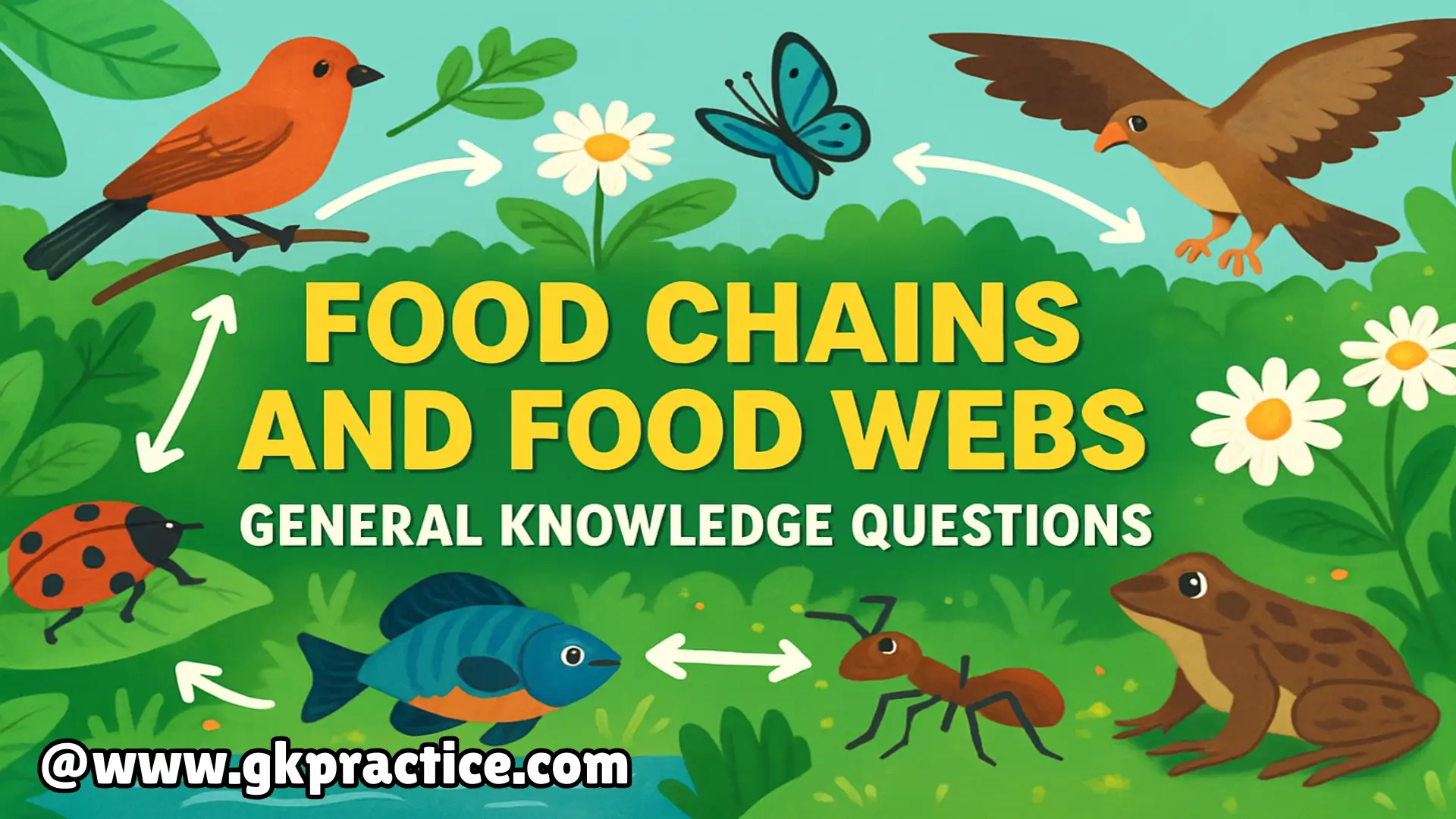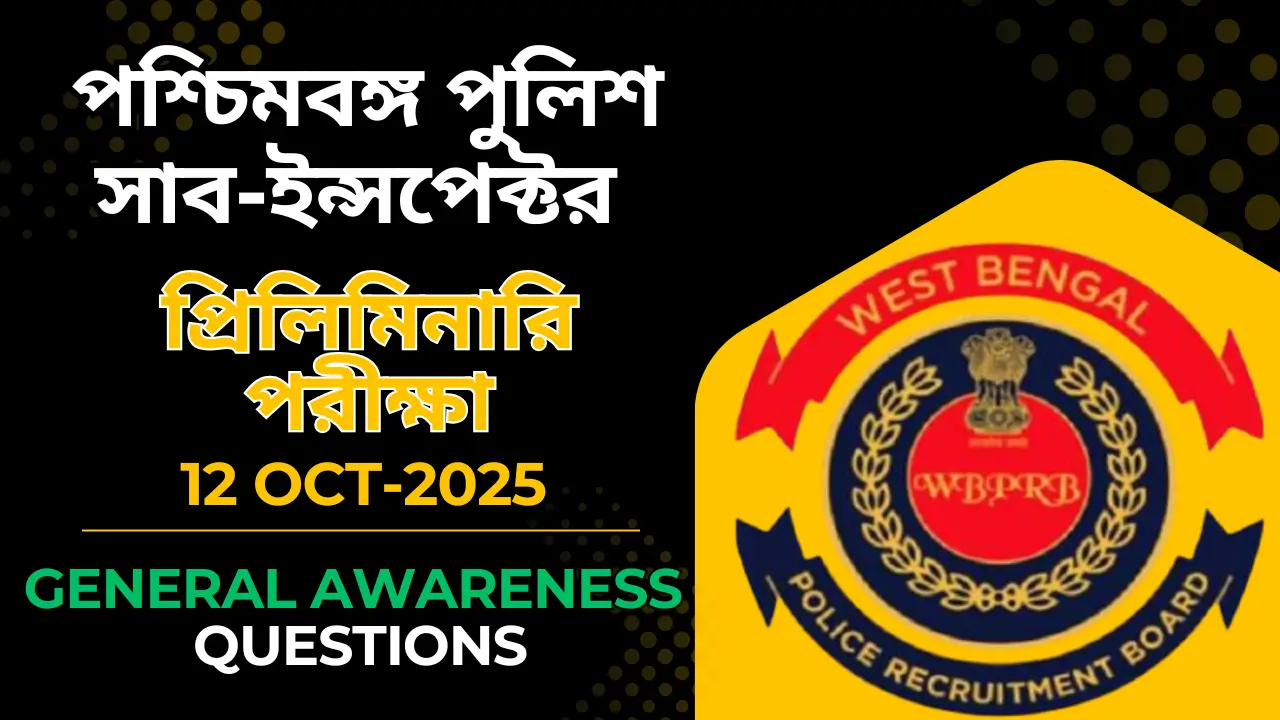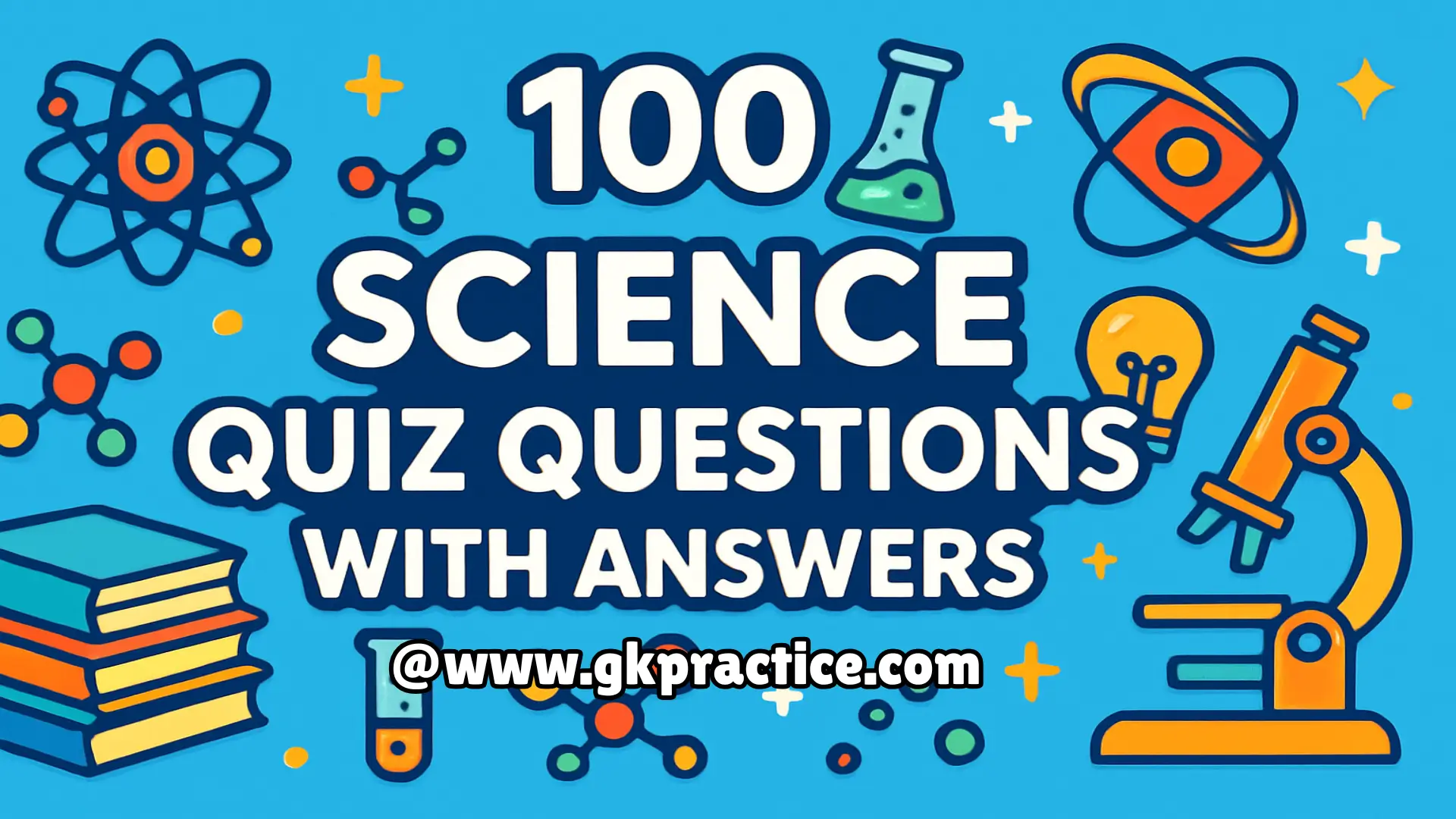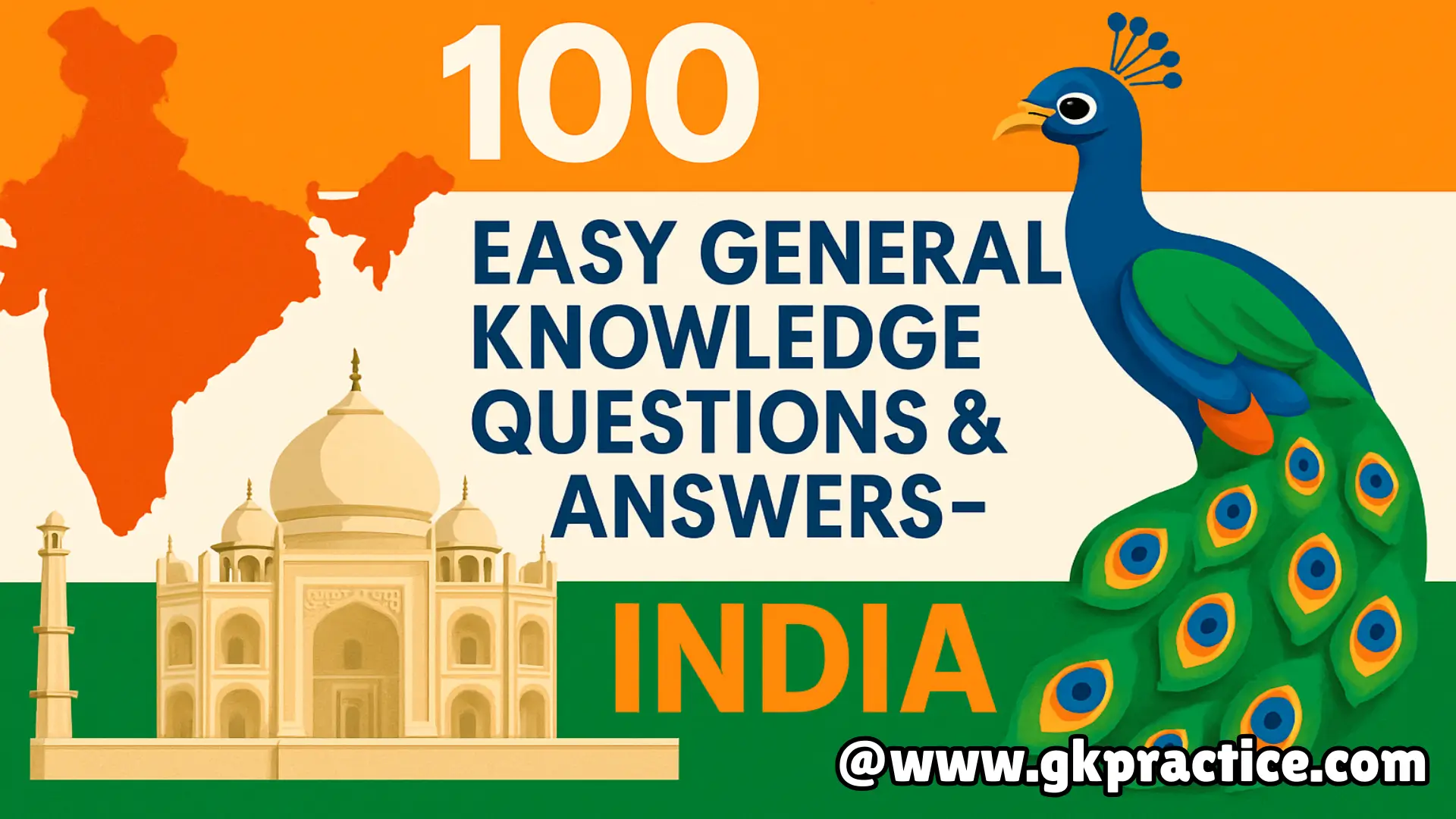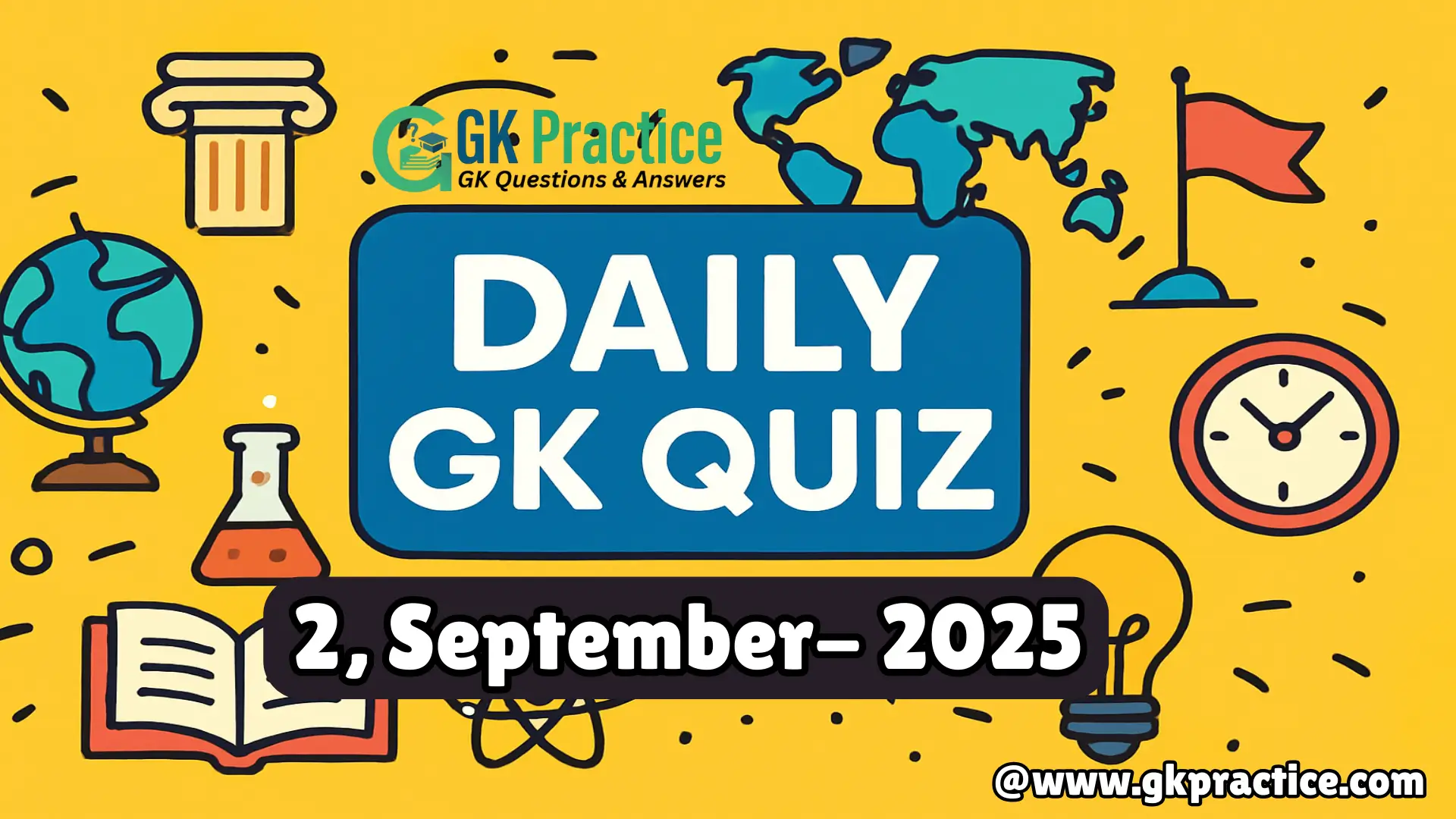A) Lion
B) Nilgai
C) Crocodile
D) Leopard
Explanation: The nilgai, or blue bull, is a large antelope found in Gir forests. As a herbivore, it consumes grasses and plants, supporting predators like Asiatic lions. Nilgais are a vital link in transferring energy from producers to higher trophic levels.
Q22) Which consumer controls rodent populations in Indian agricultural fields?
A) Peacock
B) Snake
C) Rabbit
D) Cow
Explanation: Snakes feed on rodents such as rats, which are common in agricultural fields. By controlling rodent numbers, snakes help prevent crop losses and maintain balance in farmland ecosystems. They are crucial secondary or tertiary consumers in the rural food web.
Q23) Which group of animals are decomposers in marine food webs?
A) Crabs and lobsters
B) Starfish and jellyfish
C) Bacteria and fungi
D) Dolphins and whales
Explanation: Marine bacteria and fungi break down organic waste, dead fish, and plant matter, recycling nutrients back into the ocean. This decomposition ensures that nutrients are available for phytoplankton, restarting the food chain and maintaining balance in coastal ecosystems.
Q24) Which of these animals is a detritivore in Indian ecosystems?
A) Cow
B) Vulture
C) Earthworm
D) Eagle
Explanation: Earthworms feed on dead organic matter, breaking it down into nutrient-rich soil. As detritivores, they recycle energy and improve soil fertility, enabling plants to grow. This process supports the entire food web by strengthening the foundation of producers.
Q25) Which consumer is at the highest trophic level in the Ganga river food web?
A) Small fish
B) Algae
C) Gangetic dolphin
D) Zooplankton
Explanation: The Gangetic dolphin is an apex predator in the Ganga river ecosystem, feeding on fish and other aquatic organisms. Being at the top trophic level, it maintains balance in the aquatic food chain by regulating populations of smaller species.
Q26) What role do fungi play in forest ecosystems?
A) Herbivore
B) Producer
C) Decomposer
D) Predator
Explanation: Fungi break down leaf litter, wood, and dead animals into simple nutrients. These nutrients are returned to the soil and taken up by plants. Without fungi, nutrient cycling would slow, leading to a collapse in the food chain of forests.
Q27) Which of the following is a carnivore in Indian grasslands?
A) Blackbuck
B) Wolf
C) Hare
D) Buffalo
Explanation: Wolves hunt herbivores like blackbuck and hares in Indian grasslands. As carnivores, they regulate prey populations, ensuring that grazing animals do not overexploit vegetation. Their predatory role helps maintain equilibrium in grassland food webs.
Q28) Which insect pest is a herbivore in Indian crop fields?
A) Locust
B) Dragonfly
C) Ladybird beetle
D) Spider
Explanation: Locusts feed on crops like wheat, rice, and maize, acting as primary consumers. They can cause devastating outbreaks, consuming vast amounts of vegetation. In natural food webs, locusts are eaten by birds and reptiles, preventing complete agricultural collapse.
Q29) Which aquatic bird feeds on fish, making it a secondary consumer?
A) Heron
B) Parrot
C) Pigeon
D) Crow
Explanation: Herons are wading birds that feed on fish, frogs, and aquatic insects. As secondary consumers, they occupy a middle level in food webs, transferring energy from aquatic organisms to higher predators like eagles and humans who also hunt fish.
Q30) Which species is an omnivore in Indian villages and cities?
A) Cow
B) Dog
C) Cat
D) Goat
Explanation: Dogs eat both plant-based food (grains, vegetables) and meat (small animals, scraps), making them omnivores. Their flexible diet allows them to survive in both rural and urban food chains, often overlapping with human food systems.

